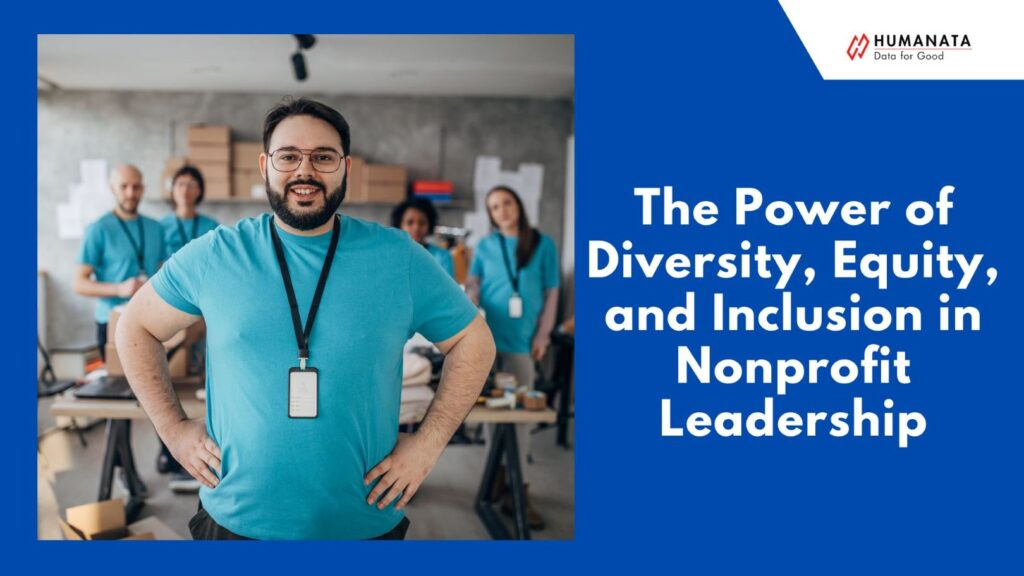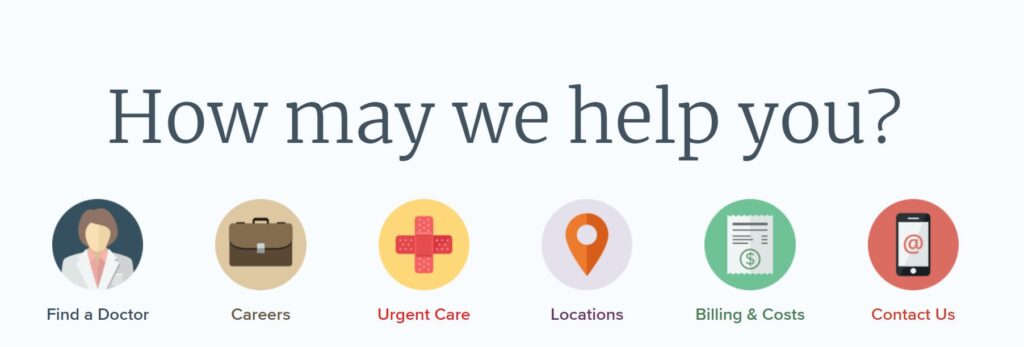
Why is DEI important in nonprofit leadership?
Diversity, equity, and inclusion (DEI)—these aren’t just buzzwords; they’re the cornerstones of effective nonprofit leadership. As we navigate the complex landscape of social impact, it’s crucial to recognize that our organizations are only as strong as the people who lead them.
So, let’s dive into the transformative power of DEI within nonprofit leadership.
Understanding DEI in Nonprofit Leadership
- Embracing Diversity: Beyond Tokenism
The Myth of Homogeneity
Nonprofits thrive when they reflect the communities they serve. But how often have we seen leadership teams that resemble a monochromatic canvas? It’s time to shatter that myth.
Diversity isn’t about ticking boxes; it’s about amplifying voices that have been silenced for too long. When we bring together individuals from different backgrounds, ethnicities, genders, abilities, and perspectives, we create a vibrant mosaic of ideas and solutions.
Success Story: The Trailblazing Executive Director
Meet Maria Rodriguez, the Executive Director of “Youth Empowerment Now.” Maria’s journey from a small town in Guatemala to leading a youth-focused nonprofit in New York City is awe-inspiring. Her commitment to DEI isn’t just lip service; it’s woven into the fabric of her organization.
By hiring staff from diverse backgrounds, Maria ensures that young people see themselves reflected in the mentors who guide them. The result? Empowered youth who believe they can change the world.
2. Equity: Leveling the Playing Field
Breaking Down Barriers
Equity isn’t about treating everyone the same; it’s about recognizing that some need more support to reach the same starting line. Nonprofits must actively dismantle systemic barriers that hinder progress.
Whether it’s addressing pay gaps, providing accessible resources, or advocating for fair policies, equity ensures that everyone has a shot at success.
Success Story: The Accessible Arts Collective
Imagine an arts organization where every performance is accessible to all—regardless of physical abilities. That’s what the “Inclusive Arts Collective” achieved under the leadership of David Chen. By collaborating with disability advocates, they transformed their theatre into a welcoming space.
Wheelchair ramps, sign language interpreters, and sensory-friendly performances became the norm. The result? Audiences that felt seen, heard, and included.
3. Inclusion: Beyond Token Representation
The Power of Belonging
Inclusion isn’t just about inviting diverse voices to the table; it’s about ensuring they have a meaningful seat. When leaders actively listen, value lived experiences, and create safe spaces, magic happens. Inclusion fosters trust, creativity, and collaboration—the lifeblood of any nonprofit.
Success Story: The LGBTQ+ Youth Center
At the “Rainbow Haven Youth Center,” inclusion isn’t an afterthought; it’s the heartbeat. Director Alex Patel knows that LGBTQ+ youth face unique challenges. So, they created a space where pronouns matter, where queer history is celebrated, and where everyone can dance freely at the annual Pride Ball. The result? A community that thrives because it feels like home.
The Importance of DEI in Nonprofit Leadership

Nonprofits are at the forefront of addressing societal challenges. To create lasting impact, these organizations need leaders who reflect the communities they serve and possess a deep understanding of the issues they face. This is where DEI comes into play.
- Diverse perspectives: A leadership team comprised of individuals from various backgrounds, cultures, and experiences brings a wealth of perspectives to the table. These diverse viewpoints can lead to more innovative solutions, better decision-making, and a deeper understanding of the needs of the community.
- Inclusive decision-making: Inclusive leadership involves actively seeking and considering the input of all stakeholders, including staff, volunteers, and community members. This approach leads to more informed and equitable decisions.
- Equitable opportunities: Equitable leadership ensures that everyone in the organization has fair opportunities to succeed, regardless of their background. This creates a more inclusive workplace culture where employees feel valued and respected.
Examples of Successful DEI Initiatives in Nonprofits
To illustrate the impact of DEI in nonprofit leadership, let’s explore some success stories from organizations that have effectively integrated these principles into their operations.
Case Study 1: The Rainbow Initiative

The Rainbow Initiative, a nonprofit focused on LGBTQ+ rights, has made DEI a cornerstone of its leadership strategy. By actively recruiting board members and staff from diverse backgrounds, they have fostered an inclusive environment where all voices are heard and valued.
This diversity has enabled the organization to better understand and address the unique challenges faced by the LGBTQ+ community, leading to more effective advocacy and support programs.
Case Study 2: Community Health Network

Community Health Network, a nonprofit dedicated to improving healthcare access in underserved areas, implemented a comprehensive DEI initiative that included mandatory training for all leaders, mentorship programs for minority staff, and the creation of an equity task force. As a result, they have seen significant improvements in staff satisfaction, patient trust, and overall healthcare outcomes.
Driving Positive Change Through Inclusive Leadership
Nonprofits known for their strong DEI commitments and leadership:
- National Urban League: Led by Marc Morial, a prominent African American civil rights leader.
- Latinos for a New America: An organization focused on Latino leadership and policy.
- The Trevor Project: Dedicated to crisis intervention and suicide prevention for LGBTQ+ youth.
- Native Americans in Philanthropy: Advocates for Indigenous communities and leadership.
How to Implement DEI in Your Nonprofit
For nonprofit leaders looking to foster a more inclusive environment, here are some actionable steps to consider:
- Assess Current DEI Practices: Conduct a thorough assessment of your organization’s current DEI practices and identify areas for improvement.
- Establish Clear DEI Goals: Set specific, measurable goals for diversity, equity, and inclusion within your leadership and organization as a whole.
- Provide DEI Training: Offer regular training sessions for all staff and leaders to ensure everyone understands the importance of DEI and how to implement it effectively.
- Foster an Inclusive Culture: Create a culture where all employees feel welcomed, respected, and valued. Encourage open dialogue and active participation from all team members.
- Monitor and Evaluate Progress: Continuously monitor and evaluate your DEI efforts to ensure they are effective and make adjustments as needed.
Questions for reflection
How can your nonprofit benefit from a more diverse leadership team?
What steps can you take today to promote equity and inclusion within your organization?
Are there any barriers preventing full participation from all members of your team?
The Future of DEI in Nonprofit Leadership
The journey towards inclusive leadership in nonprofits is ongoing and requires a committed effort from all involved. By embracing diversity, equity, and inclusion, nonprofit leaders can drive meaningful change, foster innovation, and build stronger, more resilient organizations.
What are the benefits of diverse nonprofit leadership?
When nonprofits prioritize DEI in their leadership, they reap numerous benefits:
- Enhanced reputation: Organizations with diverse and inclusive leadership are seen as more credible and trustworthy by the public.
- Increased employee engagement: A diverse and inclusive workplace fosters a sense of belonging and empowers employees to contribute their full potential.
- Improved program effectiveness: Leaders from diverse backgrounds bring unique insights into the challenges faced by the community, leading to more effective programs and services.
- Stronger partnerships: Building relationships with diverse communities is essential for nonprofit success. A diverse leadership team can facilitate stronger partnerships and collaborations.
In conclusion, the power of DEI in nonprofit leadership cannot be overstated. It is through the collective efforts of diverse and inclusive leaders that we can build a more equitable and just society for all.
Have you witnessed the impact of DEI in your nonprofit?
Share your experiences and insights with us in the comments below!
